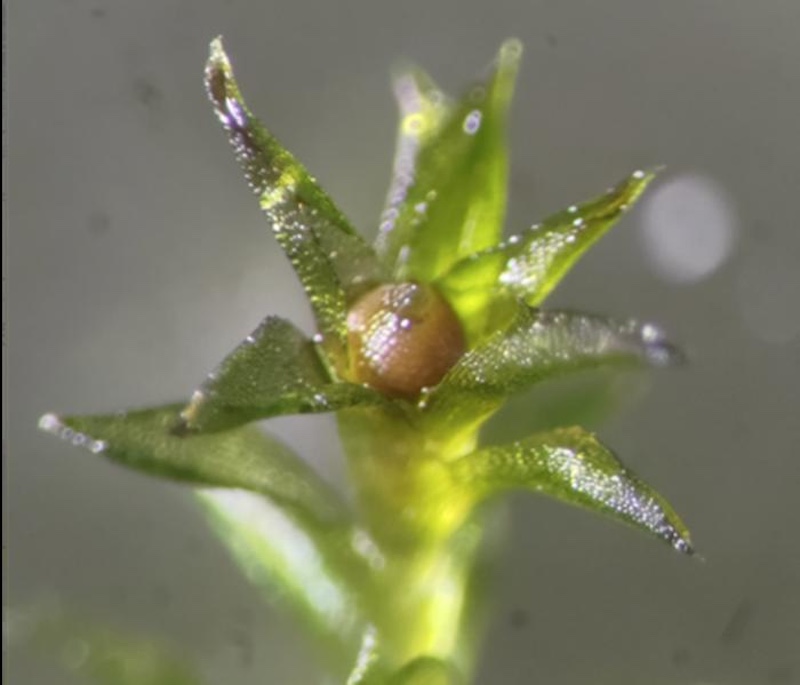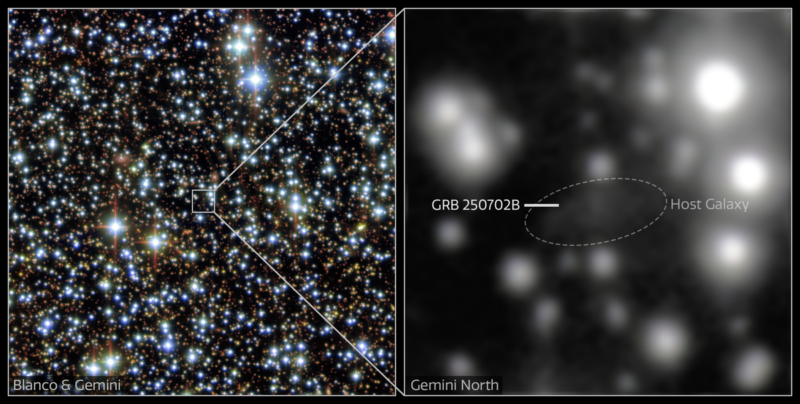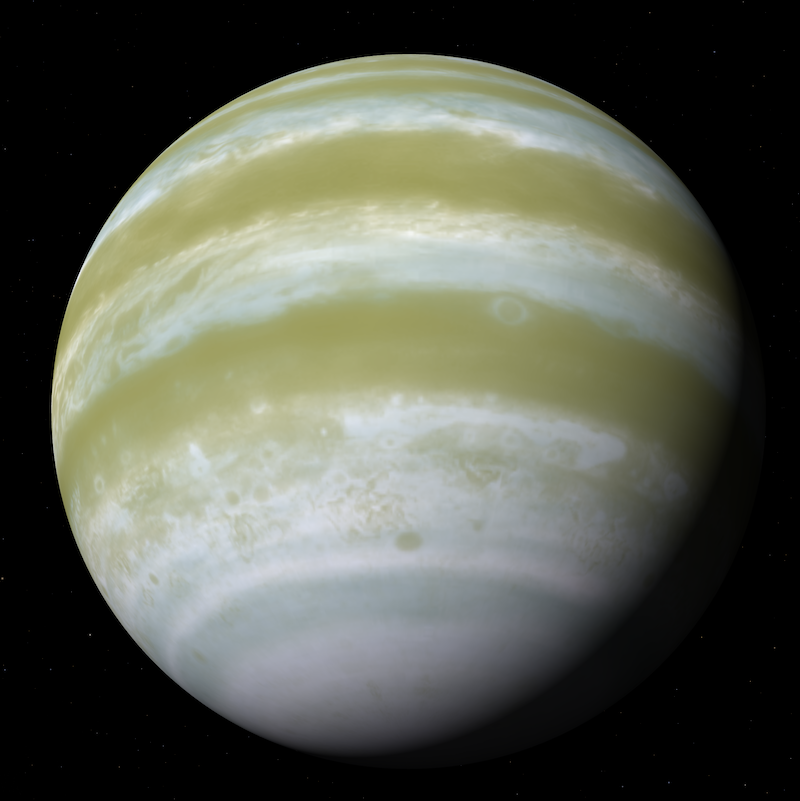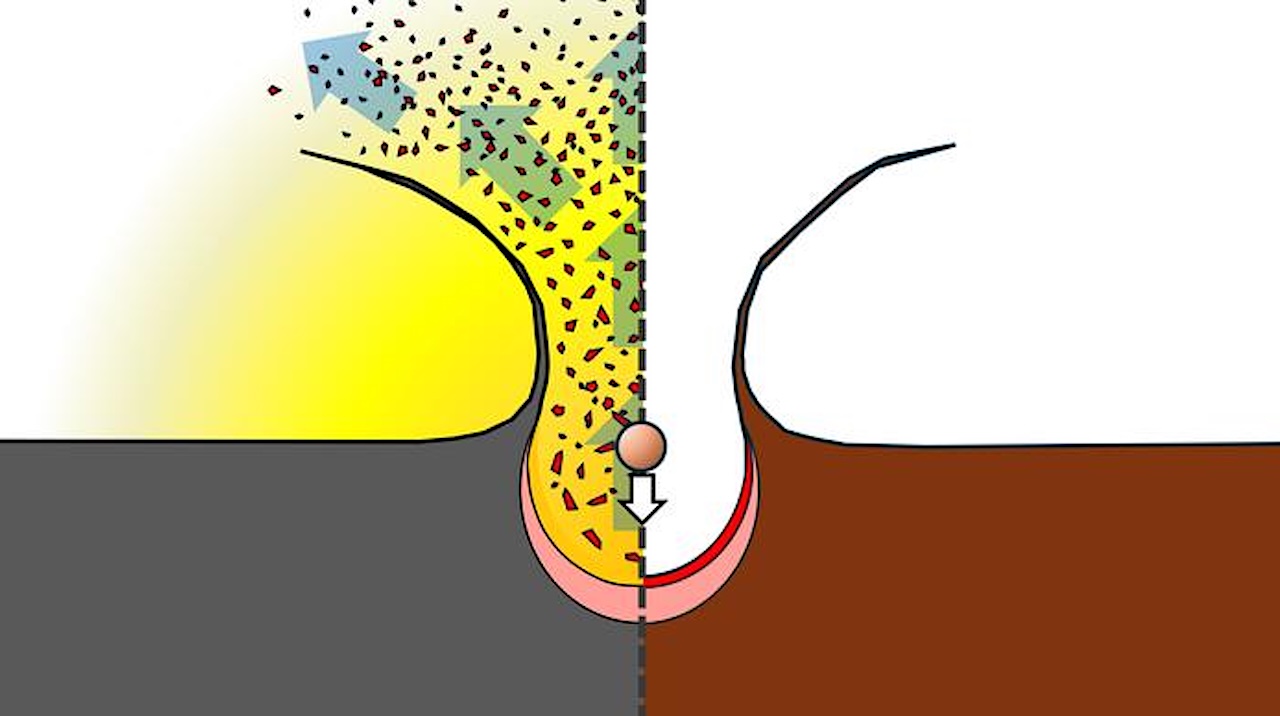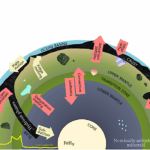Now Reading: Want to find alien life? Look for patterns of energy
-
01
Want to find alien life? Look for patterns of energy
Want to find alien life? Look for patterns of energy
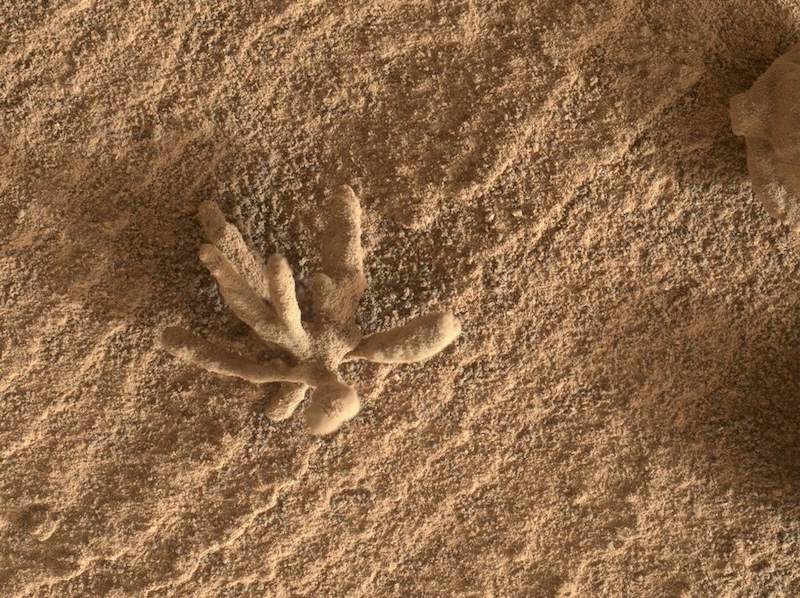

Science matters. Wonder matters. You matter. Join our 2025 Donation Campaign today.
- Biosignatures are the big focus nowadays in the search for life on other worlds. Astronomers search for molecules – in the atmospheres of distant planets – indicating the presence of life.
- But would we recognize life-related molecules if we found them? What if, instead of looking for molecules, we looked for patterns of energy? For example, we might look for the conversion of high-energy compounds into low-energy compounds, a process shared by all life on Earth.
- A new study suggests that even exotic forms of life – ones that defy our imagination – might be discovered using this approach.
Seeking patterns of energy
The search for life elsewhere in the universe is a unique and broad challenge. Scientists think of exploring a previously habitable Mars or the potentially habitable oceans of Jupiter’s moon Europa or Saturn’s moon Enceladus. Or, in a way that’s only recently become possible via technological advances, they spend time with the James Webb Telescope or other telescopes analyzing the atmospheres of distant exoplanets, searching for biosignatures, that is, molecules in those planets’ atmospheres that would indicate the presence of life. But would alien life resemble life on Earth? Or might life on another world be unrecognizable?
Mikhail Tikhonov, an assistant professor of physics at Washington University in St. Louis, Missouri, is an expert on microbial communities. He said on April 10, 2025 – in an interview with his university – that, to find alien life, instead of seeking molecules known on Earth to be related to living organisms, we might try searching for life by looking for telltale patterns of energy.
What he means is this. Suppose we found something interesting in a Martian rock, or an unusual chemical signature in the atmosphere of a faraway world. Could we know for sure it was a life sign? As Tikhonov noted:
There could be life forms out there that defy our imagination.
He and his colleague Akshit Goyal, a scientist in India, suggest that patterns of energy are an alternative way, perhaps a more foolproof way, to seek life in the galaxy.
Tikhonov and Goyal published their peer-reviewed theoretical results in Nature Communications on March 28, 2025.
Life is life is life?
Tikhonov noted, for example, in the Washington University interview, that life on Earth is carbon-based. In other words, carbon is the fundamental building block of the complex molecules that make up all known life forms. But scientists and others sometimes speculate about silicon-based life. Silicon shares chemical properties with carbon. Like carbon, it can potentially support complex molecules, though with some drawbacks. Tikhonov said:
We don’t know anything about what alien life forms might look like or what they’re made of.
But there are two things everyone agrees on: Living things have to consume and transform energy, and they have to be able to replicate. That’s as close as we can get to a definition of life.
When looking for measurable biosignatures – or signatures of life on other worlds – we need to make additional assumptions. We are proposing that any living organism is extremely unlikely to be on its own. It will always be a part of an ecological community that is competing for resources.
In the search for life on Mars, for example, the focus is largely on finding organic molecules. But organic molecules, by themselves, are not proof of life. They can also form without life being involved at all. And would alien life even have the same molecules as life on Earth? Tikhonov said:
But more importantly, there is no reason to believe that an alien life form would have to be using the same molecules we do.

Patterns of energy
So, is there another way to search for alien life? Tikhonov and Goyal think so. Instead of looking for specific molecules by themselves, they recommend looking for patterns of energy among many molecules. What do they mean by that? Basically, these patterns of energy arise the process of breaking down high-energy compounds, such as glucose, into low-energy compounds, like carbon dioxide. It’s the process of that energy change that is a telltale marker of life. As Tikhonov explained:
Life is incentivized to break down high-energy compounds first. Organisms that consume more energy-rich resources will outcompete and displace others, leading to a particular kind of layering, with compounds arranged by decreasing energy content. It doesn’t matter what the organisms look like. As long as you have self-replication and ecological competition, we expect this pattern to form.
Layered structures can be generated by many processes, both living and non-living. But only life cares about energy in this way, so energy-ordered layering would be special. On Earth, such patterns are common. Our argument is that if a rock from Mars or some other world shows this same pattern, this is strong evidence that life was involved.

Truly exotic life?
This approach to the search for life also opens up the possibilities for types of life that we’ve never seen or even conceived of. But we could possibly identify it by the same kinds of patterns of energy that we see in life on Earth. That would be true whether it’s microscopic bugs or life on a scale not possible on our planet. Tikhonov mused:
What if on some distant planet, life operates on an entirely different scale? One could imagine a mile-long being floating in some distant atmosphere. The possibilities are vast, which is why it’s fun to think about.
As it happens, huge organisms floating in planetary atmospheres is not a new idea. Astronomer Carl Sagan and physicist Edwin Salpeter pondered the possibility of gasbags on Jupiter or other gas giant planets. These large free-floating creatures would spend their entire lives drifting around in deep, turbulent atmospheres. We don’t know if anything like that actually exists, but at Tikhonov said, it’s fun to think about!
Bottom line: To search for alien life – even exotic life beyond our imagination – a new study suggests looking for “patterns of energy” instead of just organic molecules.
Source: Energy-ordered resource stratification as an agnostic signature of life
Via Washington University in St. Louis
Read more: Life on K2-18b? Exciting new results met with skepticism
Read more: Do aliens exist? What scientists really think
The post Want to find alien life? Look for patterns of energy first appeared on EarthSky.
Stay Informed With the Latest & Most Important News
Previous Post
Next Post
-
 012024 in Review: Highlights from NASA in Silicon Valley
012024 in Review: Highlights from NASA in Silicon Valley -
 02Panasonic Leica Summilux DG 15mm f/1.7 ASPH review
02Panasonic Leica Summilux DG 15mm f/1.7 ASPH review -
 03From Polymerization-Enabled Folding and Assembly to Chemical Evolution: Key Processes for Emergence of Functional Polymers in the Origin of Life
03From Polymerization-Enabled Folding and Assembly to Chemical Evolution: Key Processes for Emergence of Functional Polymers in the Origin of Life -
 04How New NASA, India Earth Satellite NISAR Will See Earth
04How New NASA, India Earth Satellite NISAR Will See Earth -
 05And Thus Begins A New Year For Life On Earth
05And Thus Begins A New Year For Life On Earth -
 06Astronomy Activation Ambassadors: A New Era
06Astronomy Activation Ambassadors: A New Era -
07SpaceX launch surge helps set new global launch record in 2024












